测试 ES6 Promise 对象的链式传值
Promise.resolve(1).then(
x=>{
console.log('then1 get '+x)
return 2;
}
)
.catch()
.then().then()
.then(x=>console.log('then4 get '+x))第1个then的回调函数有返回值,后跟一个啥也不干的catch(),再跟两个啥也不干的then(),最后再跟第4个then()
第4个then有输出,可见第1个then的返回值跳过了中间的catch及其后的两个空then,直接传给了第4个then
> "then1 get 1"
> "then4 get 2"如果删除第4行的return 2,导致第一个then没有返回值,得到的结果会是下面这样
> "then1 get 1"
> "then4 get undefined"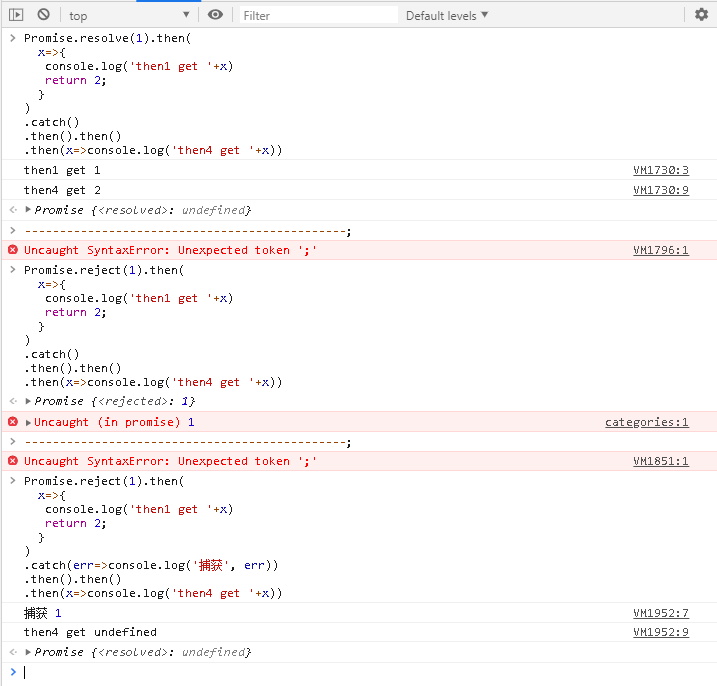
断链
截图使用 .reject() 产生一个错误。从截图的中间一例可以看出,空的 .catch() 函数实际上不会捕获异常,等于不存在。如果有异常,却不能被捕获,那 promise 链便会就此断开,后续的 then() 统统不执行。
续链
截图最后一例是一个续链的例子。错误抛出后被捕获,promise 链继续向后传播,因此可以看到 then4 get undefined 了。如果捕获异常,并且有返回值,那么 then4 就会打印这个返回值。
Promise.reject(1).then(
x=>{
console.log('then1 get '+x)
return 2;
}
)
.catch(err=>{console.log('捕获', err);return '救星'})
.then().then()
.then(x=>console.log('then4 get '+x))
//结果如下
// 捕获 1
// then4 get 救星拒绝续链
以下截图对比了续链与拒绝续链的区别。两段代码的区别仅仅在于 catch() 函数的返回值是不同的。
续链:return '救星'
断链:return Promise.reject(err)
续链后 then4 继续执行;拒绝续链后 then4 没机会执行。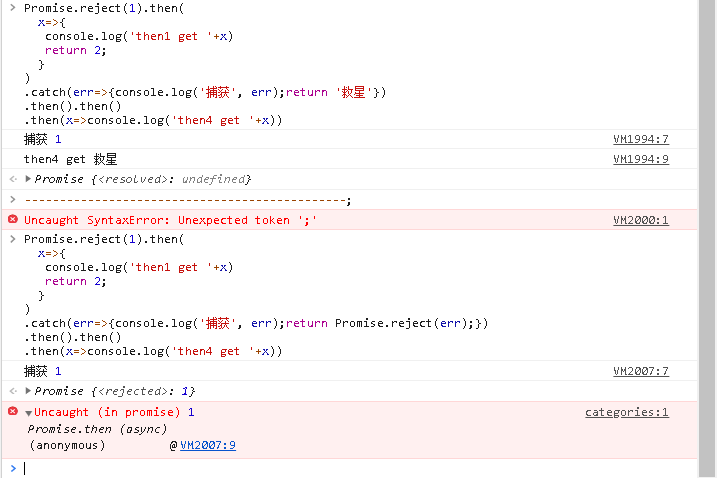
拒绝续链的应用场景
以 promise-gif 为例,此插件的用法一行代码概括如下:Promise.resolve().gif().then(...).catch(...)
以上Promise链里面实际上有两个catch,其中gif()函数内部也有一个catch。
通过gif()打开无限风火轮动画,当业务代码执行成功后,关闭风火轮是显而易见的。当业务代码执行失败后,风火轮也必须关闭,因此 promise-gif 必须捕获异常。但是业务代码可能会有自己的异常捕获逻辑,因此 promise-gif 在捕获异常后必须做两件事:1、关闭风火轮;2、拒绝续链并继续报错。
这便是拒绝续链的应用场景。由此可见,在一条 promise 链里面添加多个 catch() 函数的做法很有意义。每个 catch() 函数只处理特定的逻辑,完毕后继续报错,这样就可以使得整条 promise 链里面的其他 catch() 函数仍有执行的机会。
promise链的promise返回与不返回的区别
第2个then函数里面新建一个promise,一秒之后将其resolve掉。加不加return决定了后续then的回调函数是否异步执行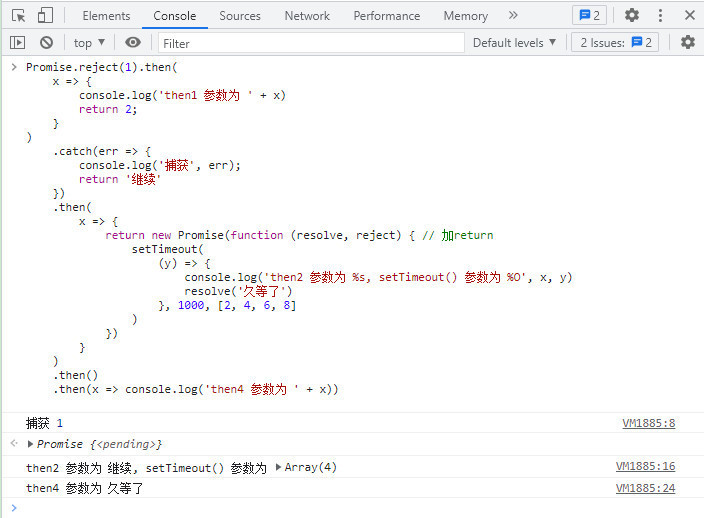
加了return则then4延迟执行
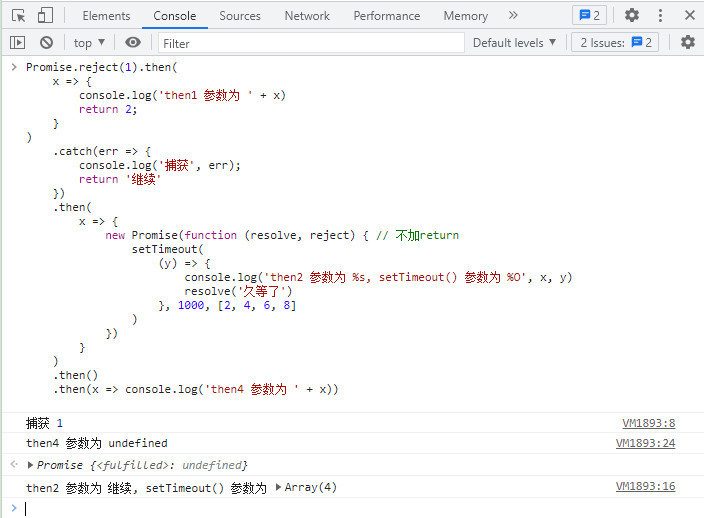
不加return则then4提前执行,它不会等到then2执行之后才执行
Promise.reject(1).then(
x => {
console.log('then1 参数为 ' + x)
return 2;
}
)
.catch(err => {
console.log('捕获', err);
return '继续'
})
.then(
x => {
return new Promise(function (resolve, reject) {
setTimeout(
(y) => {
console.log('then2 参数为 %s, setTimeout() 参数为 %O', x, y)
resolve('久等了')
}, 1000, [2, 4, 6, 8]
)
})
}
)
.then()
.then(x => console.log('then4 参数为 ' + x))
本作品采用《CC 协议》,转载必须注明作者和本文链接


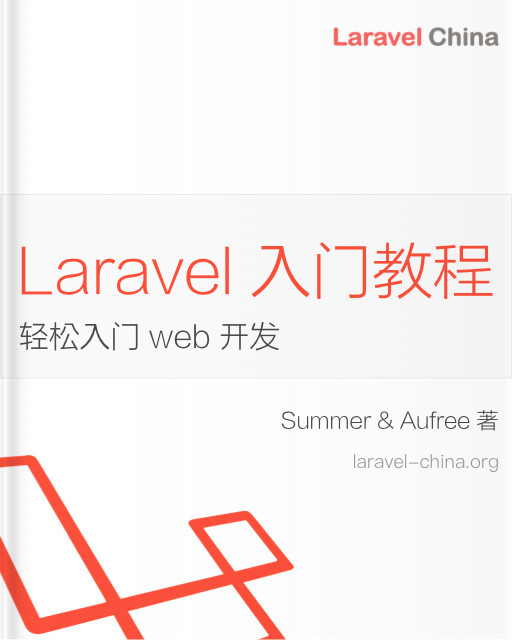


 关于 LearnKu
关于 LearnKu




推荐文章: